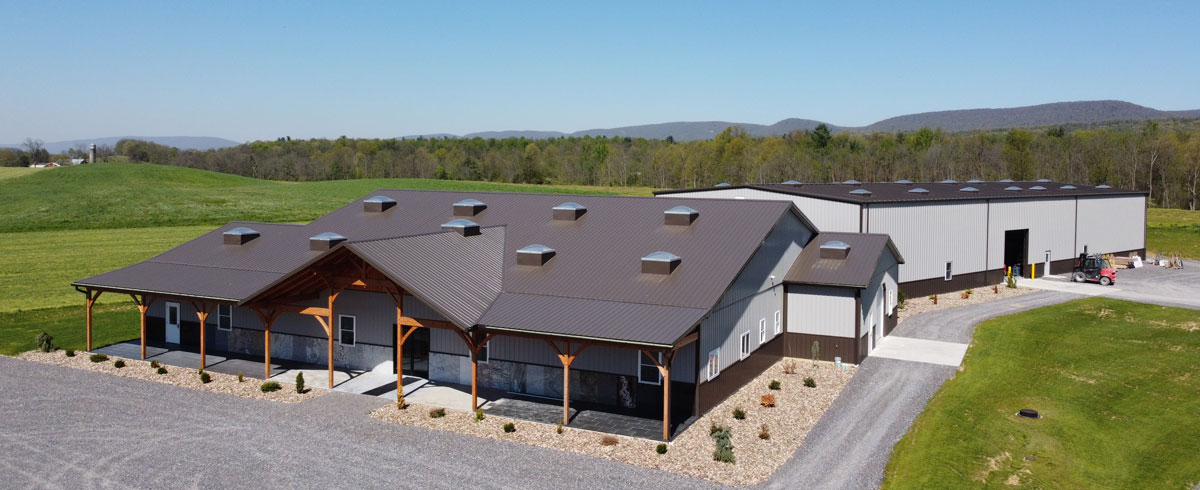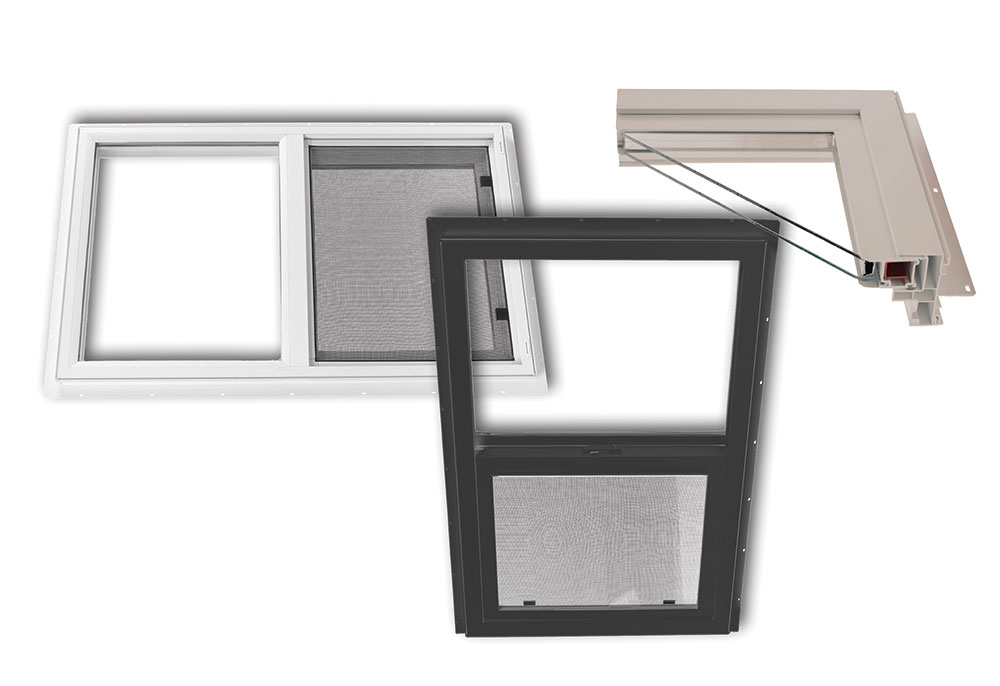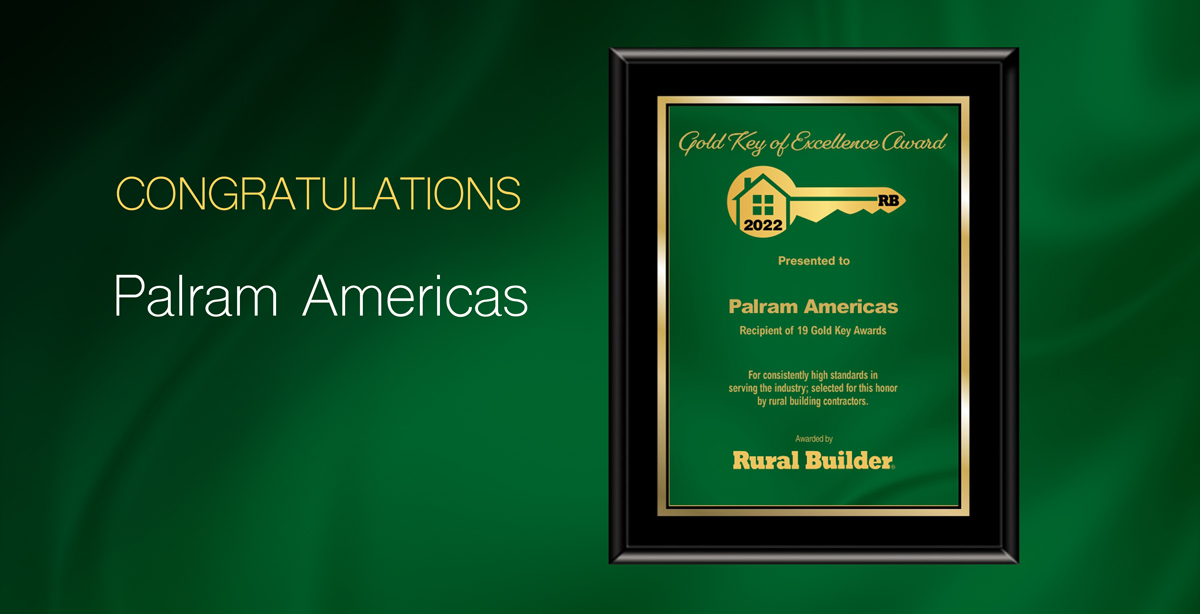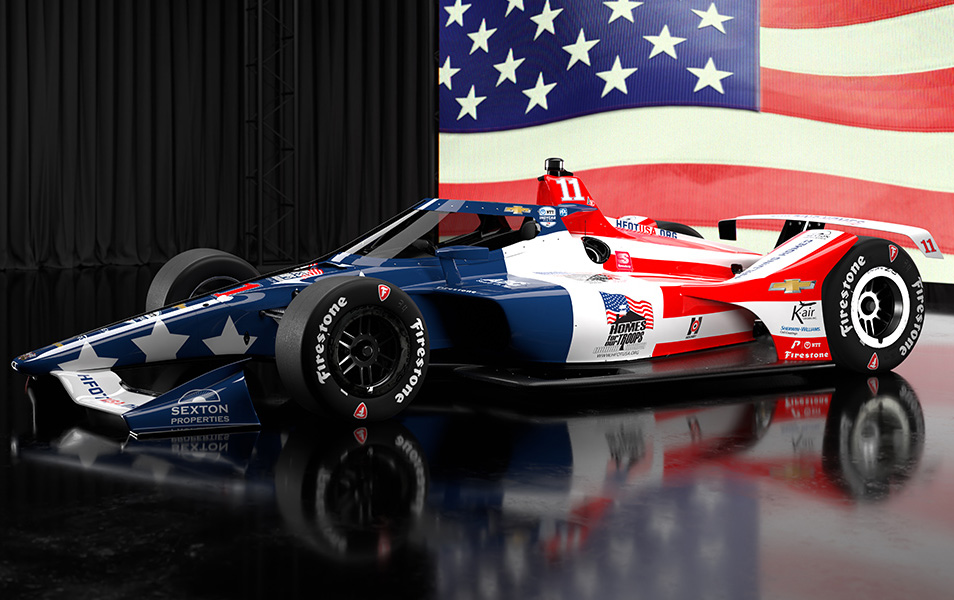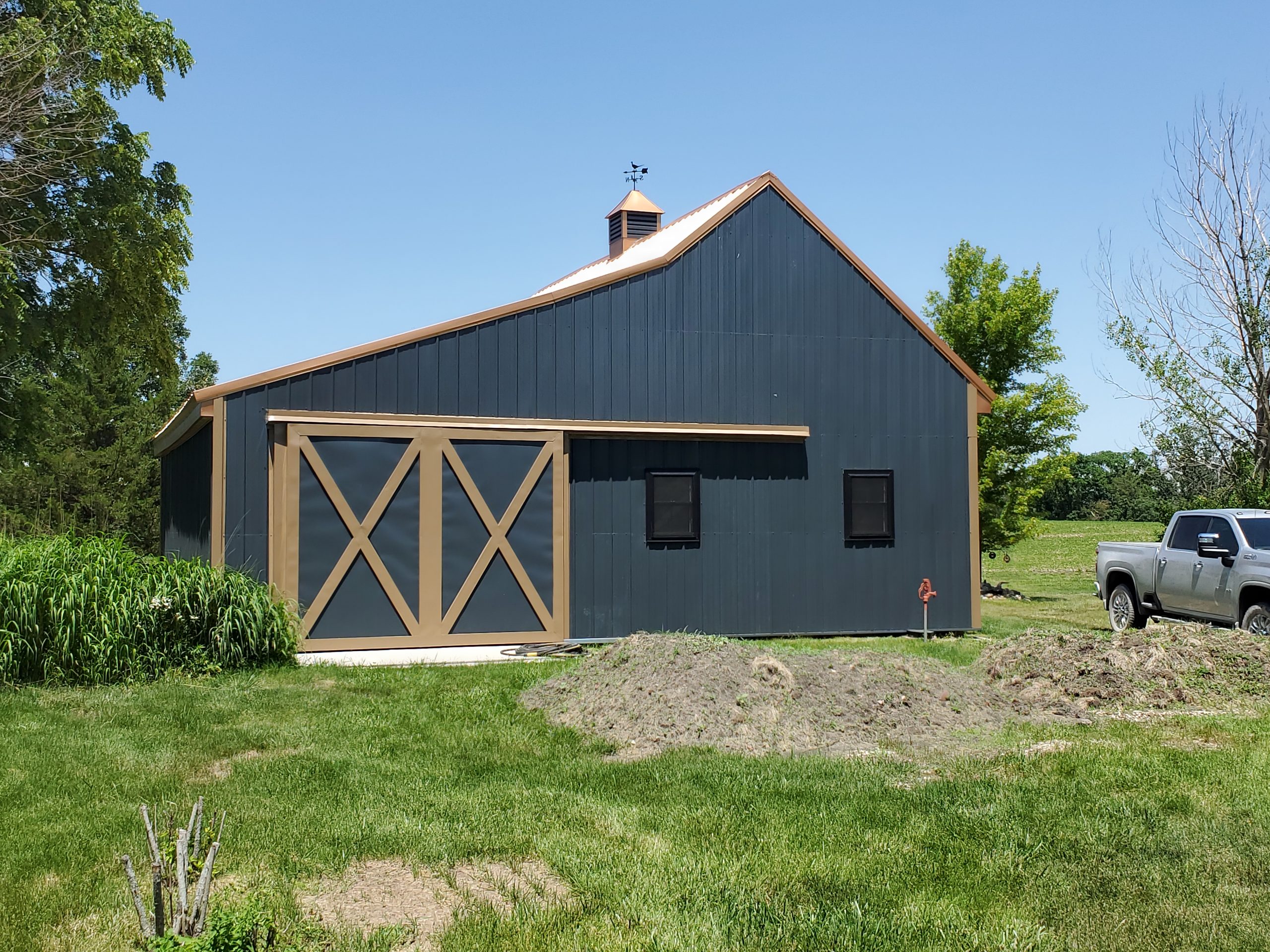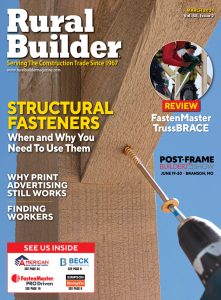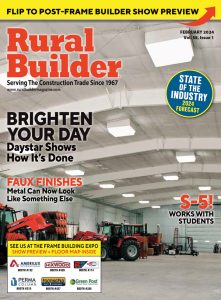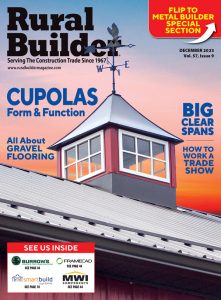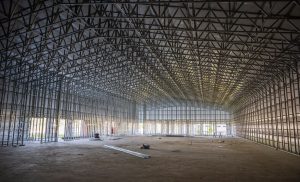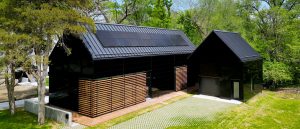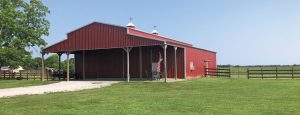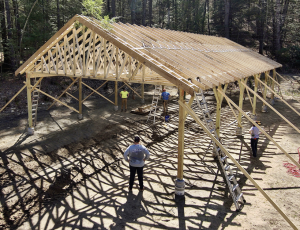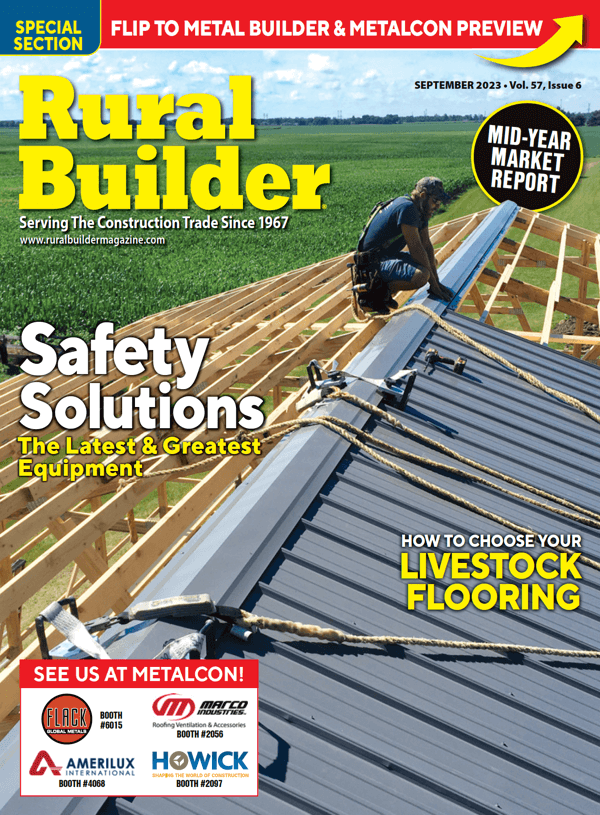Finding the Vision
By Linda Schmid
The mother of invention strikes again! In 1993 Kenneth Schlabach was working in his family’s third-generation Amish leather working and leather supply business. He found it difficult to see the leather because of the current lighting conditions. He considered more windows, but the building was 100 feet wide, so it wasn’t going to work. That was when he turned his attention skyward. He wanted skylights, but he needed something that would make the most of existing light without the glare of sunlight. Schlabach bought materials, began experimenting, and he developed the forerunner to the Daystar system.
In 2001, Schlabach sold the leather business, and his cousin approached him saying that he had furthered Schlabach’s earlier research on daylighting and he wanted Schlabach’s help to market it. Schlabach did not immediately jump on this opportunity; he didn’t think it was what he wanted to do. However, after some rumination and consultation with his accountant, they determined that if they could develop the product into something they could stand behind, they believed people would be interested. So it was a go. They worked to make it leak-proof and to build an acceptable R-value into the product.
Enlightening People
As it turned out, once they had improved the product and took it to market, getting people to understand the product and give it a try was, and still is, the biggest challenge the company has faced. It wasn’t as difficult to get the Amish market to try it; they understood the benefits because many of them were looking for lighting solutions that did not involve electricity, and perhaps more importantly many of them knew Schlabach and company. Schlabach said they had known from the start that the Amish market would be the easier one to break into for those reasons.
“I would be at a tradeshow explaining my product,” Schlabach said, “and I knew people were thinking, ‘why should I believe you when you say that it won’t leak?’ They had experienced leakage with other daylighting products. I don’t blame anyone for hesitating,” he continued, “after all, I was asking them to put holes in their roofs, something no one wants to do.”
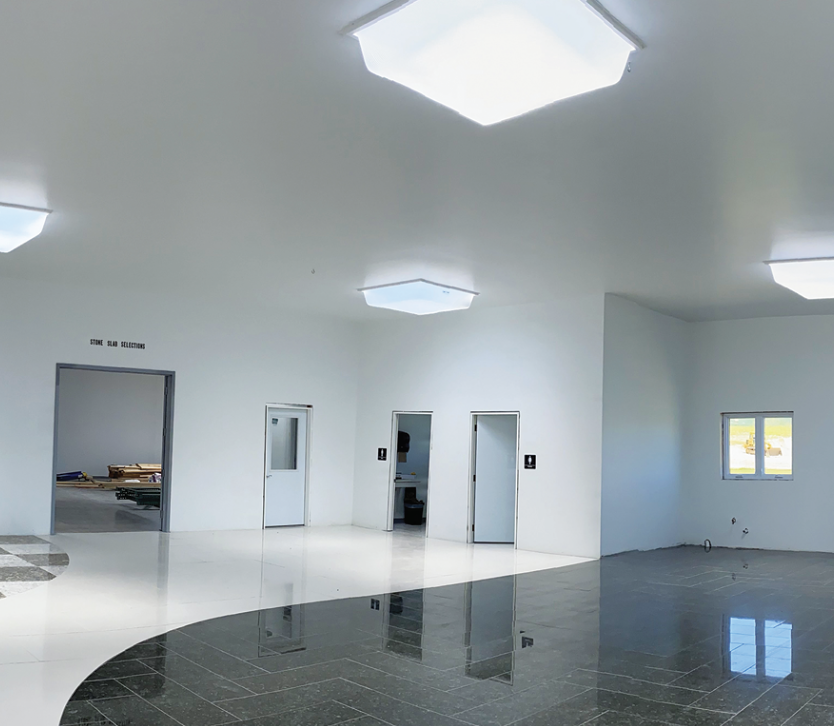
To prove that the product is trustworthy, Schlabach and team realized that talking about the benefits to architects and contractors was not enough; they had to educate them about how it was built. The reason the Daystar system doesn’t leak when other similar products have, Schlabach said, is because the company took ownership of the roof curb, developing roof curbs to match various roofs. Once they began showing industry professionals how the system is constructed and installed, as well as providing photos of successful projects and testimonials from satisfied customers, they began to gain some traction. After all, it is the architect who specifies components and the contractor who will try to talk customers into using products he trusts.
Taking Care of Business
The primary markets the company serves are pole barn and pre-engineered metal buildings. They have installed their system into manufacturing businesses, fitness centers, stores, woodworking shops, schools, office buildings, and more. They are primarily a commercial product, Schlabach said, not because the product doesn’t have potential for the residential market, but because they have made a business decision to concentrate on what they do best.
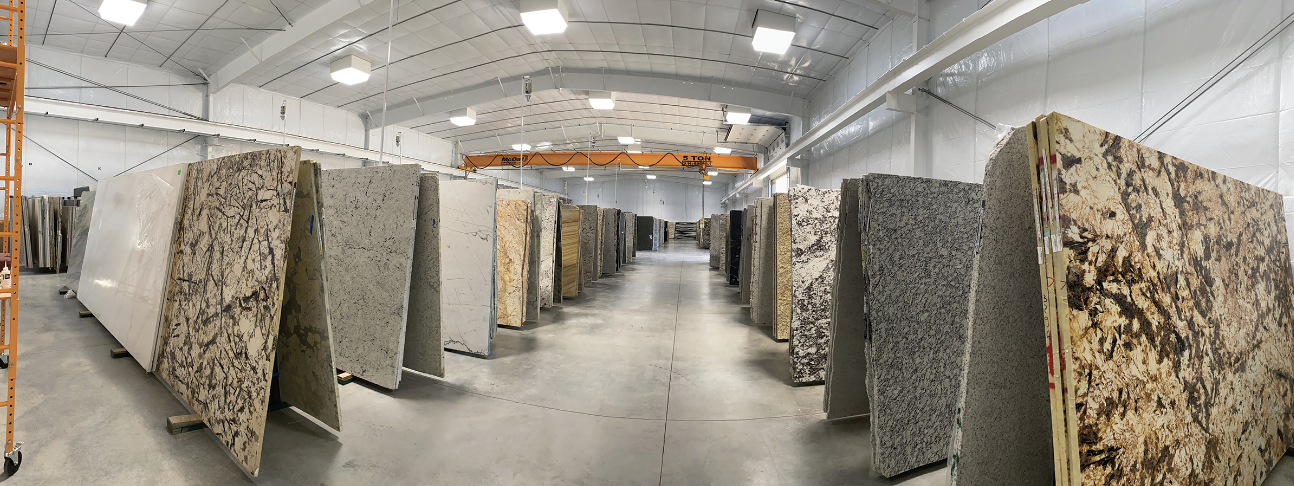
Located in southern Illinois, their clients are located primarily in an 800 mile radius, though they have some clients on the west coast, Florida, Canada, and even a few in far-flung places like Puerto Rico, the Philippines, and Ireland. Daylighting systems are by nature “green” products, and some of their sales are the result of collaborating with integrators, companies that do energy audits and find solutions for energy savings.
Growing the Company and retaining employees
Daystar has about a dozen employees now, and Schlabach said the best advice he can give about attracting and keeping employees is to provide a positive work environment lit with natural light. He has an employee who has confided that if it weren’t for the natural light he enjoys in the workplace, his SAD (Seasonal Affective Disorder) would make it imperative that he find outdoor work. Schlabach adds that he has a very good crew. Maybe that is due, in part, to the feeling of wellbeing that natural light can induce in human beings. It is almost certainly related to the values the company operates by; treat others as you would like to be treated.
Advice And Planning For the Future
Schlabach said, “The number one trait that is necessary to be successful in this business, as well as any other business, is dependability. Don’t over-promise. Make sure you can deliver on what you say you will do.”
His advice to people who are new in the industry? Schlabach said, “Seek advice from people who have been where you are, and find those who can help you figure out the next step.”
As for the future, Schlabach wants to get his ducks in line for transitioning the company to other hands. He’s still active, but he wants to ensure that the company he built and the people who have assisted him on the journey are set up to be successful once he retires. RB


